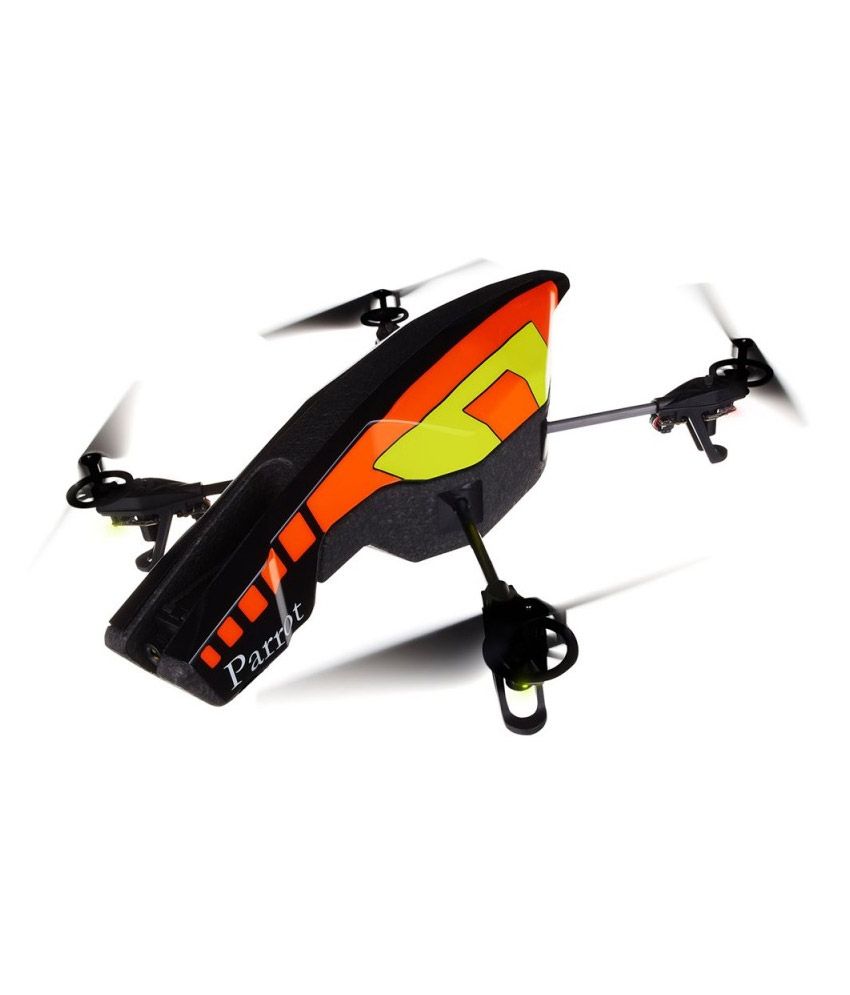

Microsoft parrot drone windows#
Manage and scale up to thousands of Linux and Windows VMsīuild and deploy Spring Boot applications with a fully managed service from Microsoft and VMwareĪ dedicated physical server to host your Azure VMs for Windows and LinuxĬloud-scale job scheduling and compute management Remove data silos and deliver business insights from massive datasetsĪccess cloud compute capacity and scale on demand-and only pay for the resources you use Secure, develop, and operate infrastructure, apps, and Azure services anywhere Jump in and explore a diverse selection of today's quantum hardware, software, and solutions
Microsoft parrot drone code#
Quickly create powerful cloud apps for web and mobileĮverything you need to build and operate a live game on one platformĮxecute event-driven serverless code functions with an end-to-end development experience Migrate, modernize, and innovate on the modern SQL family of cloud databasesīuild or modernize scalable, high-performance appsĭeploy and scale containers on managed KubernetesĪdd cognitive capabilities to apps with APIs and AI services Provision Windows and Linux VMs in secondsĮnable a secure, remote desktop experience from anywhere Explore some of the most popular Azure products % script/connect "The Optics Lab" -p "particleorwave" -a 192.168.0.1 -d 192.168.7.43Īfter installing the node library, it’s fun to make a node.js REPL (Read-Evaluate-Print-Loop) and steer your drone: var arDrone = require('ar-drone') When was the last time you connected to something with Telnet? Here’s an example of how you would open a terminal and log into the drone’s computer directly. The Parrot runs a stripped down version of Linux. It’s fun to Telnet into your drone and poke around. Luckily, there is a super useful project called ardrone-wpa2 that has a script to hack your drone to join your own WiFi network. Every time you want to try something, you need to disconnect from your network and get on the drone’s network. Getting startedīy default, the Parrot AR Drone 2.0 serves a wireless network that clients connect to. See Figure 2 for a diagram illustrating the architecture of the drone: Figure 2. In the end, I used Microsoft’s Cognitive Service APIs for this project because it’s the only API that offers custom facial recognition. Microsoft, Google, IBM, and Amazon all have fast, inexpensive cloud machine learning APIs. This setup led to lower latency than running a neural network directly on Raspberry PI hardware, and I think this architecture makes sense for hobby drone projects at the moment. I decided to run the logic on my laptop and do the machine learning in the cloud. I hope someone builds Javascript wrappers for other drone platforms because the language makes it easy and fun to deal with our indeterministic world. The last time I seriously programmed robots, I used C, where the threading and exception handling is painful enough that there is a tendency to avoid it. Node isn’t a language I’ve spent a lot of time with, but I walked away from this project super impressed with it. And trust me, while flying a drone, there will be a lot of asynchronous events. Javascript turns out to be a great language for controlling drones because it is so inherently event driven. I recommend buying two additional batteries and cycling through them while testing. The batteries take hours to charge and then last for about 10 minutes of flying. The worst thing about hacking on drones compared to hacking on terrestrial robots is the short battery life. While testing the autonomous code, I crashed it repeatedly into walls, furniture, house plants, and guests, and it still flies great. The Parrot AR drone doesn’t fly quite as stably as the much more expensive (about $550) new Parrot Bebop 2 drone, but the Parrot AR comes with an excellent node.js client library called node-ar-drone that is perfect for building onto.Īnother advantage: the Parrot AR drone is very hard to break. The Parrot AR drone I used is hanging on the far left. You can buy one for $200 new, but so many people buy drones and never end up using them that a secondhand drone is a good option and available widely on eBay for $130 or less. Most of the drones with usable-looking APIs cost more than $1,000-a huge barrier to entry.īut after some research, I found the Parrot AR Drone 2.0 (see Figure 1), which I think is a clear choice for a fun, low-end, hackable drone. Most of the drone manufacturers claim to offer APIs, but there’s not an obvious winner in terms of a hobbyist ecosystem.
Microsoft parrot drone trial#
Get a free trial today and find answers on the fly, or master something new and useful.

Join the O'Reilly online learning platform.


 0 kommentar(er)
0 kommentar(er)
